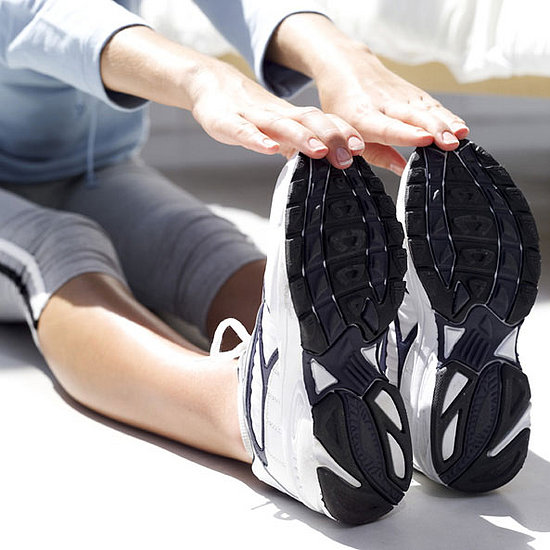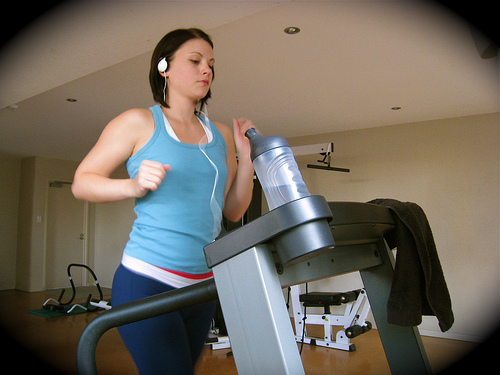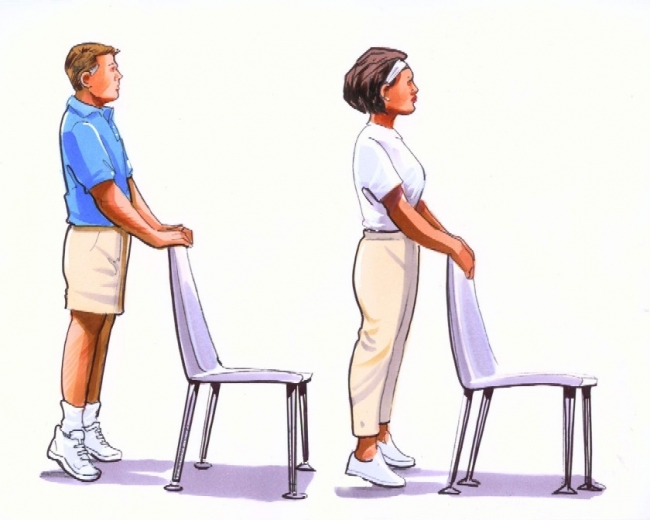
Kidney failure results in muscle wasting and people who undergo dialysis are prone to lose muscles. Regular exercise will avoid shrinking of muscles. Exercise tones your muscles, controls your blood pressure, reduces the cholesterol level, and enables you to have a peaceful sleep. Dialysis patients therefore need not fear mild exercising. In fact, most of the patients who had undergone dialysis have confirmed the fact that they have cut down the intake of blood pressure medicine after they started exercising regularly. Dialysis patients who follow regular exercise pattern are found to be healthy, both physically and emotionally. Walking, swimming, stretching, cycling, skiing, gardening, and aerobic exercises are recommended for dialysis patients. Exercising at your own pace without straining the body much is vital. Take care to exercise when your stomach is empty during morning or evening hours.
Walking
Walking is an ideal exercise for dialysis patients, it helps improve circulation of blood, reduces blood pressure, increases the energy level, reduces stress, helps lose weight, keeps the cardiovascular problems under control, develops muscles, and finally helps to have a peaceful sleep that boosts your energy level to start the next day afresh. It is recommended to do 30 minutes of walk, three times a week. If you are too tired to walk for 30 minutes, start your session with 15 minutes, but remember to increase the duration to 30 minutes to get proven results. Walking dehydrates your body, so carry a water bottle in your backpack and wear comfortable clothes like sleeveless or short-sleeved shirts and shorts when you take a walk. Visible health improvement can be found in one month of regular walking for dialysis patients.
Stretching exercises
Stretching exercise can prelude walking or before starting any other exercise session. Stretching or warm up exercises enhance the blood circulation and reduce cramps, they also enable you to exercise with ease. Stretching also help you relax when the exercise session is over.
Stretch your arms high with your hands clasped for 5 to 10 seconds. You can stretch your arms to the side and make small, forward and backward movements. Slowly bend forward to reach your toes. This will strengthen your calf muscles and back.
Stand erect and bend your right knee step by step. Use your right hand to stretch your foot to reach your right buttock. Repeat doing the procedure on the left side. This strengthens your thigh muscles.
Muscle strengthening exercise
Strengthen your muscles if you are on dialysis so as to give endurance to your body. Strength training is suggested based on your health condition and depending on your energy level. Strengthening exercises use resistance to make your muscles work hard. Light dumbbells, elastic bands of varying thickness, and your own body weight are used for strengthening your muscles. Exercises like squatting, leg extension, arm curls, and complete arm extensions help build your muscles. The muscle strengthening exercises are known to help dialysis patients gain muscle strength and increase the growth of lean mass that helps them in compensating the amount of fluid lost by them during dialysis. This gain improves their glucose level and reduces the use of antihypertensive drugs. However, the duration of improvement varies from individual to individual depending on the intensity of their renal disease and their stamina.
Cardio exercises
Life Options Rehabilitation Advisory Council stresses the need of cardio exercises for dialysis patients. Walking, jogging, cycling and swimming are some of the cardio exercises advisable for dialysis patients. Getting engaged in sports like tennis, squash, and basket ball also keep you on the move and provide ample means for enhancing cardio vascular movements. Use a treadmill or a stationary bike for doing indoor cardio exercises. You can even climb stairs up and down or jog around your neighborhood. Take care not to do exercise if you feel exhausted, sick, dizzy, or have leg cramps and rapid or irregular heart beat.
Weight lifting exercises
Dialysis patients are mostly inactive and are at the risk of acquiring type 2 diabetes and cardio vascular diseases. Weight lifting exercises increase blood circulation and strengthen the body. By using ankle weights and dumbbells, the dialysis patients can improve their muscle mass and strength. Take care to start with low weights and repeat the procedure; avoid heavy lifting so that you do not stress your muscles too much. A study conducted in Australia targeting the dialysis patients who took guided weight lifting exercise for 12-weeks showed improvement in their muscle mass. The CT scans done on these patients after the exercise procedure showed reduced fat deposits, formation of new muscles, and improved insulin sensitivity. Patients who have arteriovenous fistula in their arm or abdominal catheters are advised not to go for these exercises without the guidance of their physician.
Calisthenics exercises
Calisthenics exercises use body’s weight to provide resistance and keep every part of your muscle engaged. These do not need any equipment for working out. Pull-ups, push-ups, crunches, sit-ups, dips, squats, calf raising, bending, kicking, twisting, jumping Jacks, and other activities that keep the arms, neck, torso, back, and legs engaged, are claimed to be calisthenics exercises. While doing all these exercises, take care that you do not feel any difficulty in breathing. After an hour of exercising, you should feel normal. You should not experience any soreness in the muscle, in case you feel any discomfort, slow down the rate of exercising.
Indoor activities serving as exercises
Household activities that keep your muscles engaged also help you tone your muscles and improve the blood circulation. Sweeping, mopping, vacuuming, dusting, gardening, playing with your children, grand children, pets, and organizing your furniture and household articles are the simple activities that keep you active. You can do your mundane chores in an interesting way by listening to your favorite music through your head phone, turning on your stereo, or by watching your favorite program on the television. These keep you from developing depression and psychological problems that you are likely to develop after dialysis. Always take care to monitor your movements with a pedometer to note down your sugar level and maintain your fluid level.


